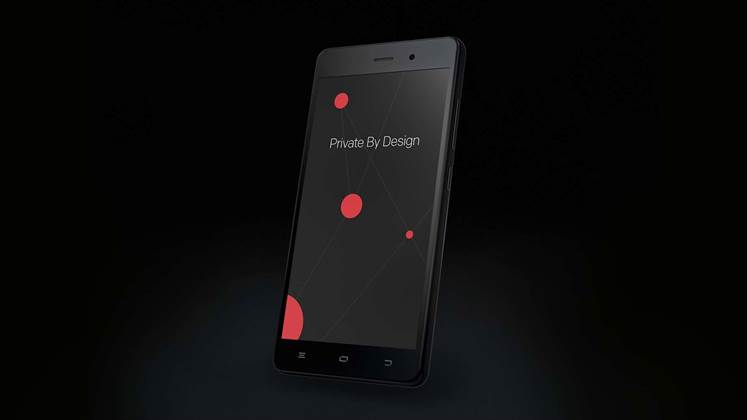Crypto phone maker Silent Circle is gunning for the enterprise market with a slew of products seeking to capitalise on organisations' concerns around increased government surveillance.

The company, which is co-founded by Pretty Good Privacy (PGP) personal cryptography creator Phil Zimmerman, showed off its new encrypted Blackphone 2 smartphone overnight at Mobile World Congress in Barcelona.
The phone sports an eight-core 64-bit processor, and a 1920 by 1080 5.5-inch high definition Corning Gorilla Glass screen.
Blackphone 2 is expected to ship in July this year for US$650 (A$834). A new Blackphone+ tablet is scheduled to go on sale later in the second half of 2015, Silent Circle chief executive Bill Conner said at MWC.
Silent Circle said the new devices will be compatible with existing mobile device management (MDM) solutions.
Both will run the Android-based PrivatOS 1.1 operating system, which provides device partitioning into work (capable of remote management by enterprise administrators) and personal areas, in a similar fashion to offerings by Samsung, Blackberry and Google.
Conner claimed the devices formed part of Silent Circle's efforts to build "the world's first enterprise privacy platform", comprised of encrypted, secure devices and software and services.
The company is offering a suite of applications including its Silent Phone app, which allows encrypted voice and video calls; a text application that offers the option of automatic burn functionality; and an address book able to automatically encrypt contact details.
The platform also includes the Silent Meeting conferencing application which offers users encrypted communication with those not on Silent Phones.
Despite its emphasis on security, a major vulnerability was discovered on Blackphone devices in January this year.
Security vendor Azimuth Security consultant Mark Dowd discovered a flaw in the Silent Circle Instant Messaging Protocol library that could be used to take full control over the device, allowing attackers to run arbitrary code and access all data stored on them.
The flaw has since been patched.



.png&h=140&w=231&c=1&s=0)







 iTnews Executive Retreat - Security Leaders Edition
iTnews Executive Retreat - Security Leaders Edition











_(1).jpg&h=140&w=231&c=1&s=0)



